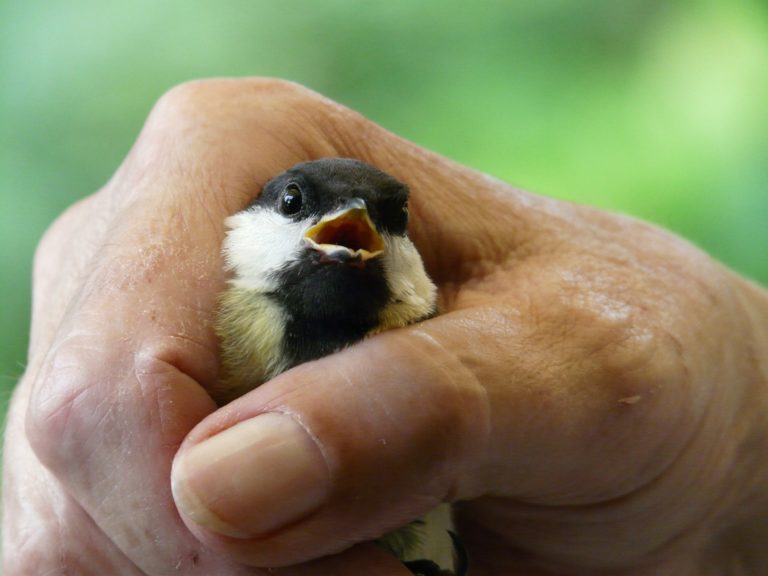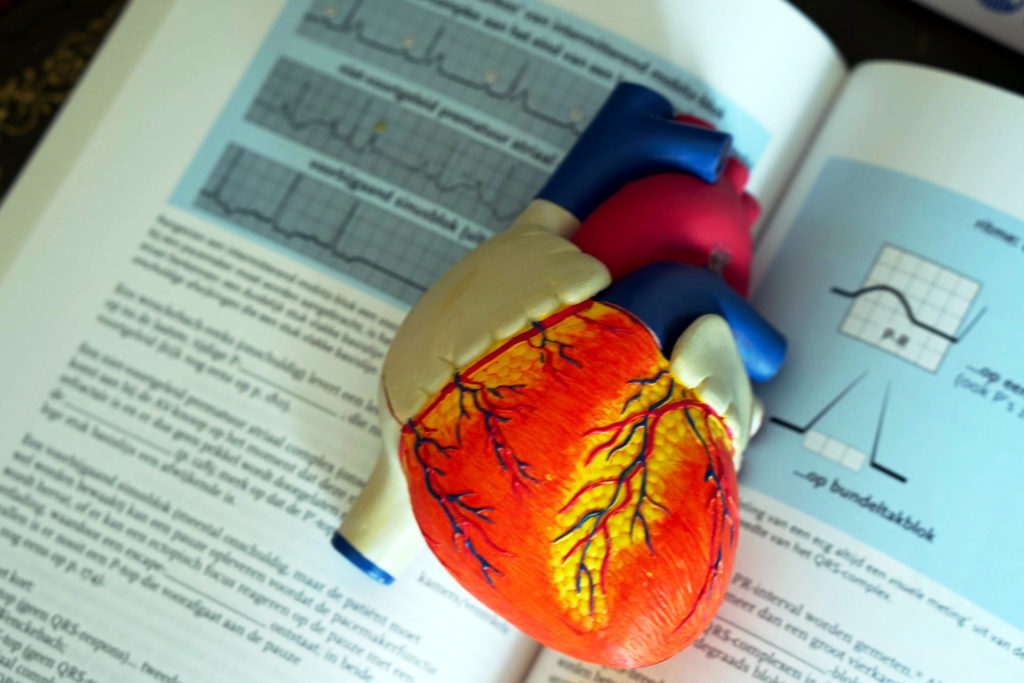
WILDLIFE WELFARE & 3Rs PRINCIPLES
Studies on wildlife are often conducted with the assumption that they have an insignificant impact on the studied animals or that the impact is outweighed by any potential benefits to the population, species, or ecosystem. Wildlife research often implements invasive or lethal methods, and even just capture can be extremely stressful for a free-living animal. Evidence suggests that pain and suffering can alter the animal’s behaviour, physiology, and immunology. Such changes might lead to invalid or atypical results that impair both reliability and repeatability of studies. Consequently, safeguarding animal welfare is in the interest of both animals and researchers. My goal is to encourage research on wildlife welfare and support the implementation of non-invasive research methods (as part of the 3Rs principles of responsible animal use) to ensure scientific rigour and minimize harm.
CONSERVATION GENETICS
The current pace of habitat destruction, exploitation, and climate change has resulted in a rapid loss of biodiversity. Monitoring the impact of human activities and designing effective conservation measures relies on scientific data, making wildlife research more important than ever before. Many wildlife studies incorporate genetic assessment. Traditionally, DNA samples have been obtained from blood or tissues. However, recent advancements in non-invasive techniques have revolutionized genetic studies, allowing for data collection without the need to kill or sometimes even handle the animal. Currently, I am utilizing and developing exclusively non-invasive DNA sampling approaches in my research.


HUMANE EDUCATION
Animals have been used in teaching for millennia and are still sometimes considered an indispensable tool to demonstrate the functioning of living organisms. In the EU alone, hundreds of thousands of animals are used for educational purposes every year. During my own education, dissection classes were included to learn about animal anatomy, despite the availability of humane alternatives with scientifically proven efficacy, such as pictures, videos, or models. At the Animalfree Research foundation, I lead several projects examining the reasons for the continued use of animals in education and promoting the discussion on achieving learning outcomes through non-harmful alternatives.